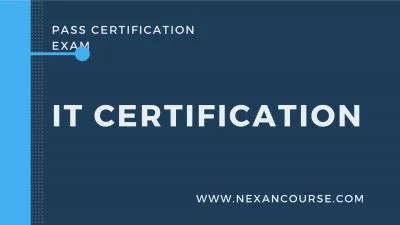PPT-Introducing sources
Author : pamella-moone | Published Date : 2016-11-12
J Eagan Emhlish 110 When do I quote or paraphrase 1 When you use another persons words or ideas 2 Use quotations and paraphrases in strategically selected
Presentation Embed Code
Download Presentation
Download Presentation The PPT/PDF document "Introducing sources" is the property of its rightful owner. Permission is granted to download and print the materials on this website for personal, non-commercial use only, and to display it on your personal computer provided you do not modify the materials and that you retain all copyright notices contained in the materials. By downloading content from our website, you accept the terms of this agreement.
Introducing sources: Transcript
Download Rules Of Document
"Introducing sources"The content belongs to its owner. You may download and print it for personal use, without modification, and keep all copyright notices. By downloading, you agree to these terms.
Related Documents

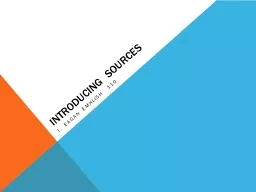
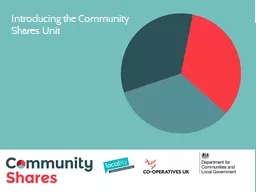
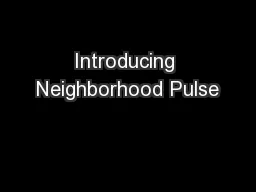

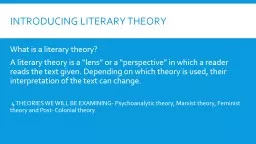
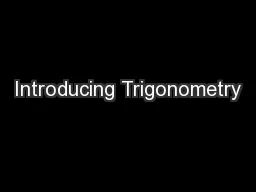
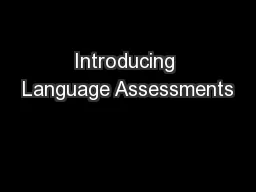
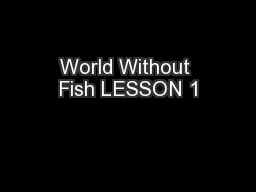


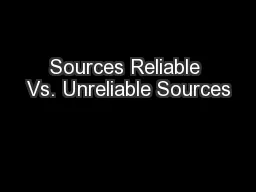
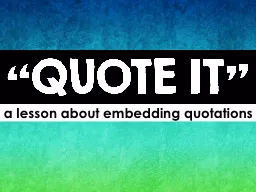
![[BOOK]-Introducing Sociology: A Graphic Guide (Introducing Graphic Guides)](https://thumbs.docslides.com/956038/book-introducing-sociology-a-graphic-guide-introducing-graphic-guides.jpg)
